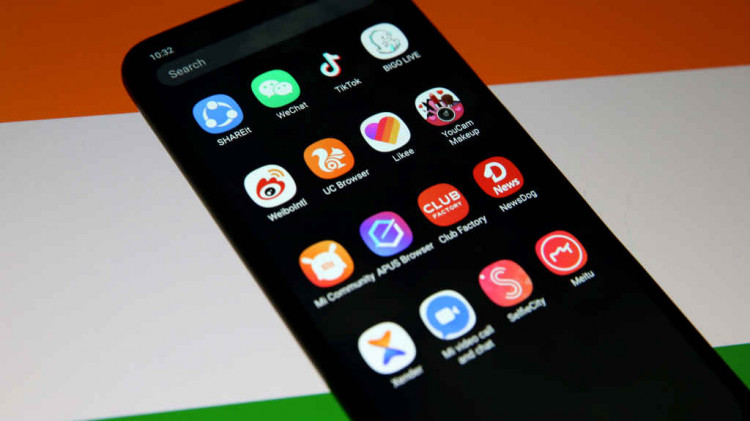After only nine months, Oppo comes out charging again with two new and improved models, the Oppo F17 and Oppo F17 Pro. In January, the smartphone consumer market met Oppo F15, and many immediately fell in love with its sleek and ergonomic design. However, BBK Electronics Corporation, the maker of Oppo phones, perhaps felt there is room for more improvement with Oppo F15, which is why after only several months, two new, improved versions surfaced on the market.
The many features on the Oppo F17 and Oppo F17 Pro show how much difference nine months can make in terms of technological improvements. For starters, the two new models are thinner, faster, and armed with features aimed at attracting younger crowds.
The thickness of both Oppo F17 and Oppo F17 Pro measures just below 7.5 mm and weighs only a little bit above 160g. Oppo's designers, noting that thin phones may dig into the palms, meticulously crafted the curvature of the phone's sides and backs to make them more comfortable for users to hold.
The Oppo F17 and Oppo F17 Pro have 4,000 mAh batteries with updated VOOC 4.0 flash charge technology, allowing both phones to charge faster from 0 to 100% while peaking at 30W. With the new models, battery degradation seems like a thing of the past. The phone models' AI Night Charging allows you to sleep soundly as it leaves the final 80% to 100% charge for the 90-minute and gently trickle-charges the batter before you wake up.
Oppo knows its market, and so provides the metrics it deems important to its audience. On the Oppo F17 Pro, charging its battery for 5 minutes allow users to enjoy 2 hours of YouTube playback or one hour of TikTok video, or relish 36 minutes of PUBG gaming. It only takes 53 minutes for its VOOC 4.0 technology to fully charge its batteries. These metrics are slightly different from that of the Oppo F17 but it is not far behind the Pro model.
In terms of gaming capability, the Oppo F17 Pro carries a strong punch with MediaTek helio P95 chipset with a GPU capable of delivering low-latency and lag-free image rendering, along with HDR pictures and sharp textures. The Pro model has 8GB of RAM and 128GB of storage. The Oppo F17, on the other hand, features Snapdragon 662 with an efficient 8nm chip. Its base model features a 4GB RAM with 64GB of storage space but users can also opt for the 8GB RAM and 128GB storage configuration.
Both Oppo F17 and Oppo F17 Pro run on Color OS 7.2. The Pro model sports a 6.43" Super AMOLED display capable of 1080+ resolution at an aspect ratio of 20:9. It also has a 120Hz refresh rate, allowing users to watch HD videos from Amazon Prime and Netflix. The display on the Oppo F17 is slightly smaller at 6.4" AMOLED display with 1080p resolution, but there was no information as to its refresh rate.
Guarding the dual punch-hole cameras and display of Oppo F17 and Oppo F17 Pro is the Gorilla Glass 3+ and both models sport fingerprint readers under the display, allowing users to unlock either phone models in just 0.3 seconds. Taking selfie shots with either phone models is a breeze with their 16MP sensor aided by 2MP depth sensors. Oppo placed a huge emphasis on AI-powered effects and the additional data from its depth sensor is necessary for many of them.
Around the back of the Oppo F17 Pro, users will find a powerful 48MP main camera with a 1/2" sensor and f/1.8 lens. On the Oppo F17, it has a 16MP main camera with a 1/3.06" sensor and f/2.2 lens. Both models have ultrawide 8MP cams with 1/4" sensor and f/2.2 and two monochromatic 2MP sensors. Both models' cameras have AI algorithms that allow users to shoot fun portrait modes, as well as make the background black and white while the foreground or subject remains colored.
The rear and front cameras of the Oppo F17 and Oppo F17 Pro are also capable of simulating bokeh effects with huge bright flares. With the AI Super Clear Portrait technology, both phones are capable of deep learning, allowing them to restore facial features in blurry pictures.





